Plants which are at their best in September
Crocosmia (Montbretia) Salvias Sedum herbstfreud Sedum Autumn Joy Aster novibelgii varieties (Michaelmas Daisy) Autumn glory Schizostylus (Kaffir Lily) Gentiana (Gentian) Hemerocallis (Day Lily)
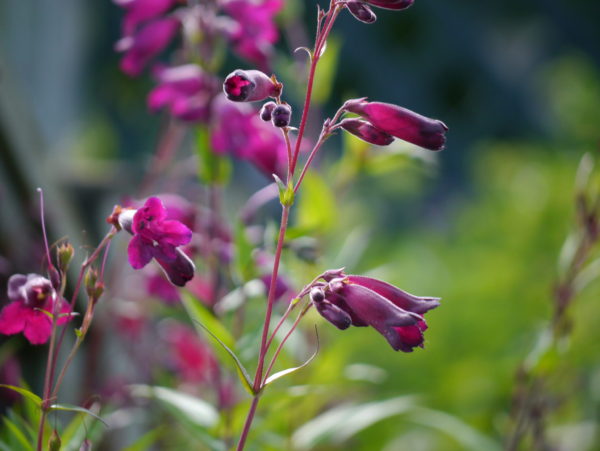
Crocosmia (Montbretia) Salvias Sedum herbstfreud Sedum Autumn Joy Aster novibelgii varieties (Michaelmas Daisy) Autumn glory Schizostylus (Kaffir Lily) Gentiana (Gentian) Hemerocallis (Day Lily)
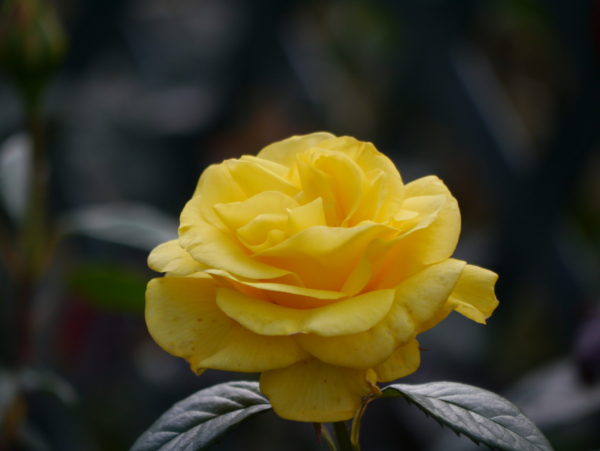
English Roses (David Austin) Fuchsia (Lady Thumb or Tom Thumb) Nepeta Six Hills Giant (Cat Mint) Penstemon Hemerocalis (Day Lily) Lobelia Tania & Queen Victoria
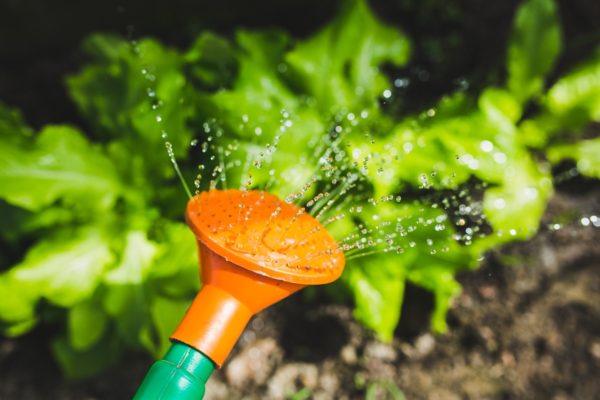
Top canes with cane-caps to protect eyes Put pots of plants into gaps in the borders Feed the garden using Growmore or Rose Plus
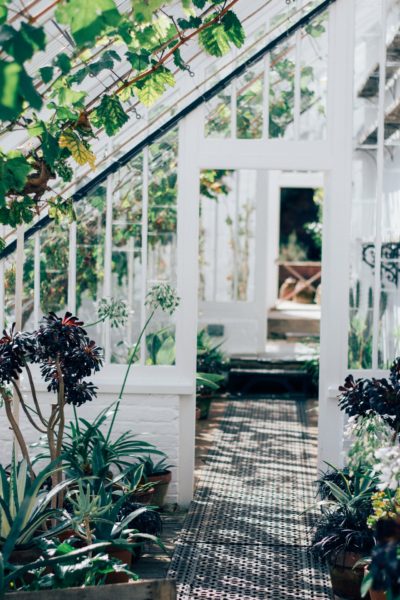
Damp down the greenhouse floor each morning to increase humidity Pinch out side shoots on tomatoes and feed with tomorite regularly Ensure that all vents read more >
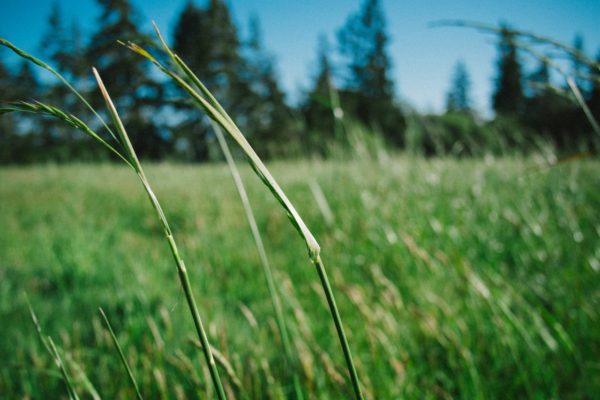
Continue to mow grass raising the height of cut in dry weather

Concentrate on watering plants in flower and fruit Earth up brussel sprouts to give them support as they mature Earth up main crop potatoes to read more >
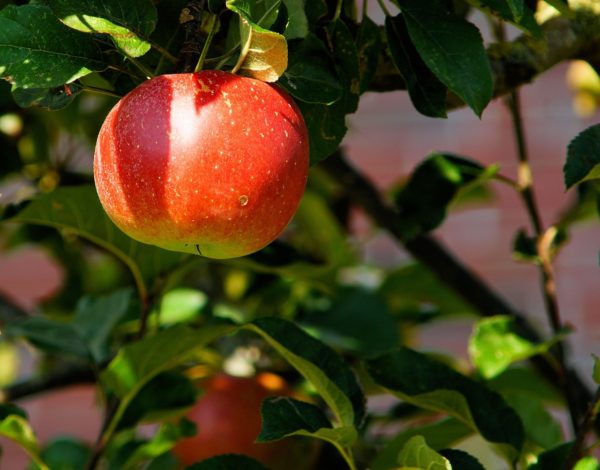
Check nets on fruit cages to make sure that they have not moved or been damaged Finish training fruit trees by removing side shoots Cut read more >
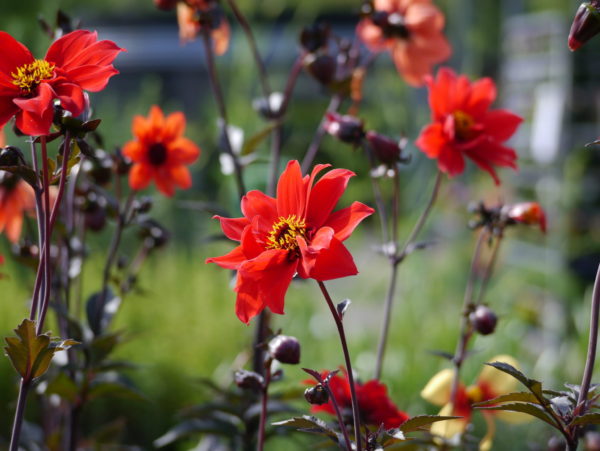
Prune wisteria by reducing this year’s growth to just five or six buds Deadhead Roses regularly Spray Roses to control black spot mildew and aphids read more >
Dan O’ Neill, co-owner at Southwell Garden Centre and our resident horticultural expert, offers his seasonal advice to get the most out of your garden. We like to share our best tips and suggestions on Facebook & Twitter so be sure to connect with us there too. You may even have a useful hint of your own that you’d like to contribute – tweet us at @southwellgarden
The month of August & the garden is in full bloom, well certainly many of the herbaceous plants are now at the peak of their flowering, & the summer bedding is still full of great vibrancy, but what of the months ahead, will the garden still show its full potential through the autumn & even further into the spring?
I love the spring, those early flowers giving such a promise of things to come after the cold dark winter months, & whilst it seems a lifetime away, the spring with its nodding heads of daffodils, tulips standing to attention & sheets of crocus will be upon us before we know it! But is it too early to give some thought to these times ahead? Well no not really, the bulbs are harvested during July & August across the fields of East Anglia & Cornwall, these counties have the soil & conditions to grow the daffodils, tulips & other bulbs & they will be on sale in the Southwell Garden Centre in no time at all.
Our chosen supplier O.A. Taylor & Sons Bulbs Ltd, was started by Otto Augustus Taylor & has been growing bulbs since just after the First World War in 1919, today it is still run by his sons & supplies its own grown bulbs from the rich fen silt & a wide selection of other bulbs from the Netherlands & beyond.
Each year we choose from the new varieties that are available to us from Taylors, & the well tested old favourites such as the daffodils; King Alfred, or Fortune. We try to offer a good mix of traditional & contemporary style & colours, to suit all tastes & gardens.
So what’s the secret to a great display of bulbs? Well it’s the choice & quality of the bulbs you buy, when & how you plant them & the combinations you choose to suit your garden, border, patio or mood!
I think the first thing is to consider the style & area you have available, will it suit drifts of daffodils or crocus, or are tidy clumps of muscari or tulips more in tune with the surroundings. Sparsely planted bulbs across a large area will not provide the impact you are looking for, plant daffodils & narcissi in good thick drifts, often the best most natural way is to scatter them over the soil & then plant where they land. Tulips however look better in close clumps & also lend themselves to quite regimented planting for a more formal display. You can also consider combinations, planting two or more bulb varieties & colours will create a stunning display, you just need to ensure height & flowering time are compatible, just ask if you are unsure. Good examples are a pale lemon narcissus ‘Sailboat’ & the blue of ‘Muscari Armenicum’, alternatively you could go bolder with the striking tulip ‘Stresa’ which is vibrant yellow with red & combine it with the purple crocus ‘Flower Record’. The possibilities are endless; you just need to have the confidence to have a go. Alternatively you could plant your bulbs separately in strong clumps or drifts, & use different bulbs, flowering at different times, to have colour flowing around the garden. Perhaps the very early daffs or narcissus close to the window or door, with later flowering tulips further away from the house, & the lovely but naughty muscari in pots on the patio so they can’t misbehave.
Lets not forget all the other bulbs, hyacinths with that heady fragrance can be grown just as well outdoors as in, plant close to the kitchen or front door to really enjoy their gift. The alliums or ornamental onions give us some statuesque flower (& seed heads), & come into colour much later than the traditional spring bulbs. Camassias are also lovely for late May / June flowering in shades of blue though lilac to white they are a real star. Snowdrops of course are the real harbinger of spring with their little nodding heads in February or earlier depending on the winter. One of my all time favourites must be the snakes head fritillary, Fritilaria Melargris, lovely long lasting nodding bells during April & May, great bulbs for a small or alpine border or trough. Then there are the lovely woodland gems, cyclamen ‘Coum’ or ‘Hederifolium’, a must to naturalise under trees within grassland. For a damper spot have a look at the little dwarf iris, ’Reticularta’ or ‘Danfordiae’, flowering in February or March these little gems carry their flowers at about 6” & ‘Danfordiae’ has a good fragrance, so you could use it in pots near the door, or for a short time on the window sill in the kitchen.
So much to choose from & August is the time, the main thing is don’t forget that you have bought them! Often I’m sure you will find them in the shed when tidying up in November or December, when really you need to plant them in late September & October, when the ground is moist with some heat retained. Plant as shown on the packet, as a rule the depth is at least 3 times the height of the bulb, for tulips this is important, as in subsequent years they will not flower well, if the sun bakes the bulb when it’s too close to the surface. Most soils are suitable for bulbs, but if you are a bit damp & heavy in the winter perhaps plant with a little sharp sand below to encourage drainage, if you are a bit sandy & dry incorporate some well rotted garden compost to improve the water retention. The other great advice is to feed the bulbs when they have finished flowering in the spring, use bone meal as this helps to bulk up the bulb to provide a bigger & better display next time round.
Lets keep our gardens looking great, do a bit of planning now, a bit of shopping tomorrow (well sometime in August) a bit of hard work in September, then relax, sit back enjoy your fruits of labour in the Spring!
Dan O’Neill
Southwell Garden Centre